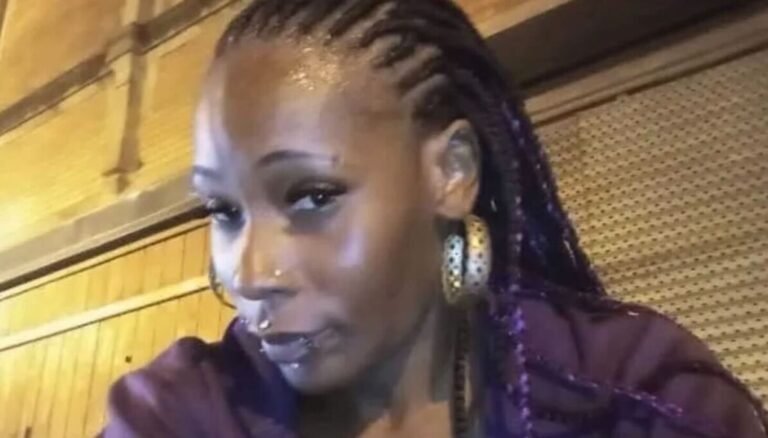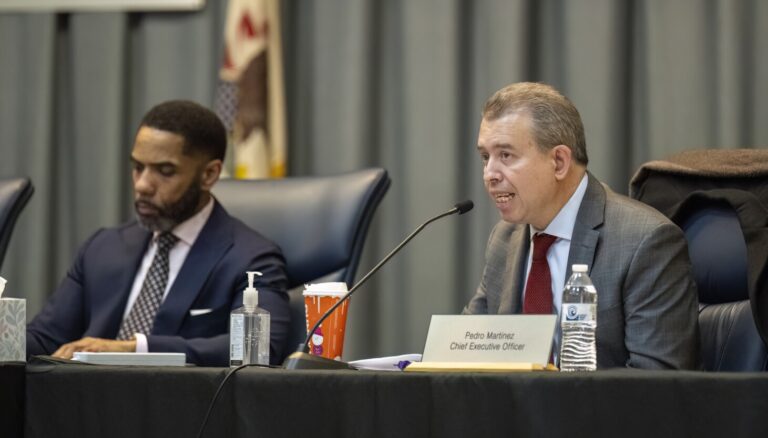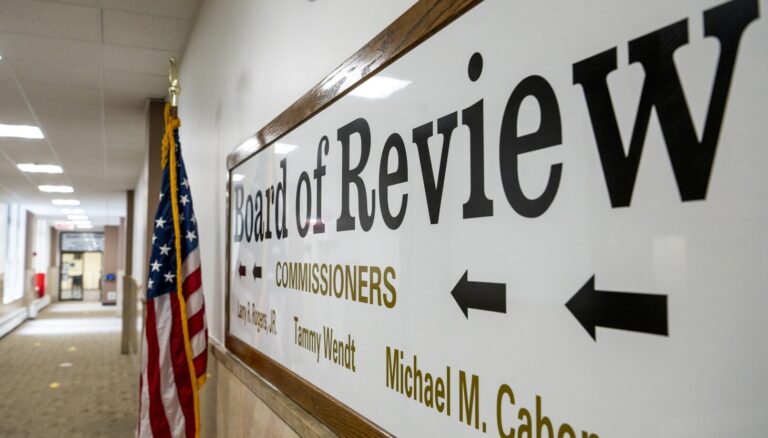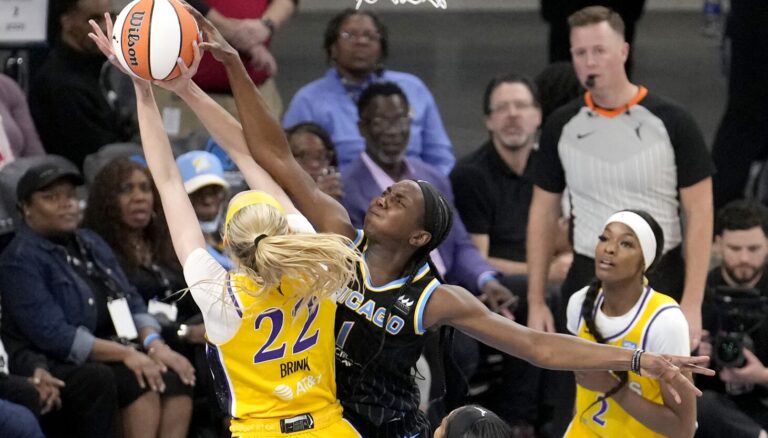Incredible singing was just one part of a recent cabaret show at the Epiphany Center for the Arts.
There was also scatting, snapping and dramatic flair. One performer threw off his jacket mid-song. Another dropped to his knees.
And then there were the jokes.
Margaret Murphy-Webb was the master of ceremonies and comedy. While introducing singer Sean Harris, who is blind, she quipped, “Somebody told him I look like Halle Berry.”
“You did,” Harris said, without missing a beat.
Creating energized and engrossing performances is a goal for the Black Voices in Cabaret group, which packed the room that night. Titled “Reimagining Cabaret,” the show included jazz standards, blues numbers, classic R&B and even a couple Christmas tunes. And the crowd remained rapt from start to finish.
“It was songs that we knew but hadn’t heard in that manner,” said attendee Cassandra Smith, of Hyde Park. “I think the whole spirit of the group is, ‘This is the way you’ve been doing it, but this is the way it can be done.’”

Gabriel Valentino performs at “Reimagining Cabaret: Jazz, Rhythm and Blues” at the Epiphany Center For The Arts earlier this month.
Timothy Hiatt/For the Sun-Times
The performers and leaders in Black Voices in Cabaret would be happy to hear it. Their mission is to highlight a wide variety of musical genres and bolster Black entertainers, whom they say are often overlooked. They also hope to draw diverse audiences, uniting Chicagoans who don’t typically venture beyond their respective neighborhoods.
“Because we’re not seen does not mean that we’re not here,” said Murphy-Webb, also a singer and founder of the South Side Jazz Coalition. “People need to know what we’re out here doing.”
Originating in Paris in the late 19th century, cabaret is often defined as a theatrical form of entertainment in an intimate setting. Performers may sing, dance, recite poetry, share stories, tell jokes or deliver skits. But the key is having a connection with the audience.
Cabaret took root in the United States in the 1900s, intersecting with the Ragtime era and Jazz Age. Chicago developed a noteworthy scene, and many Black artists performed in clubs on the South Side, especially along a section of State Street called “The Stroll.”
Cabaret evolved throughout the decades and endures today among Chicagoans like Madeline Morgan, of Washington Heights, who performs with Black Voices in Cabaret. Morgan learned about the art form from her aunt, a professional piano player born in 1914.
“After they played and spent the night out carousing, they would come home and go over the details of the night before at the kitchen table,” said Morgan, who eavesdropped on her aunt’s conversations, absorbing the concept of cabaret.
“You could do whatever you wanted to, as long as you were good enough to please the crowd,” Morgan said. “And a lot of characters came out of that. People with personalities that would make you laugh or cry or astound you with their art.”

Madeline Morgan performs at “Reimagining Cabaret: Jazz, Rhythm and Blues.”
Timothy Hiatt/For the Sun-Times
Black Voices in Cabaret is one of multiple organizations continuing those traditions. The group is an initiative of Working in Concert, a nonprofit performing arts incubator. Other well-known institutions include Chicago Cabaret Professionals and Acts of Kindness Cabaret, which recently announced that it will close in the spring. There is even an annual Chicago Cabaret Week, the next of which takes place in May.
And, despite the shuttering of clubs on the South Side over the years, Black artists continue to put on cabaret shows, though they may not necessarily describe them as such.
“We may not call it cabaret, but that’s pretty much what it is,” Murphy-Webb said. “We are entertaining people. We’re in intimate spaces. We are doing more than singing.”
But those who do not travel to the South Side may not always see a lot of Black people at cabaret shows, according to magician and singer David Stephens. That was his experience following his move to Chicago from New Jersey about a decade ago.
“I started realizing that I was one of the very few people of color in almost any audience,” he said. “And not only that, but the people of color who were performers seemed to be limited to maybe about the same three or four people.”

“I started realizing that I was one of the very few people of color in almost any audience. And not only that, but the people of color who were performers seemed to be limited to maybe about the same three or four people,” says cabaret singer David Stephens.
Timothy Hiatt/For the Sun-Times
That inspired Stephens and Working in Concert founder Claudia Hommel to form Black Voices in Cabaret in 2020. The group is now led by managing director Lynn Colbert-Jones, also a singer and songwriter.
“I have had so many Black singers tell me, ‘I tried to get in that show and they don’t want me,’” Colbert-Jones said of the cabaret scene. “That’s been a reality for several singers. They do feel excluded.”
Other organizations also acknowledge the need for more diversity. Chicago Cabaret Professionals founding member Anne Burnell said she advocated for more inclusion during her time as president from 2019 to 2023. That meant pushing for more diverse casting, programming and venues. Some of their breakthrough shows included “100 Years of Chicago Cabaret: Black Voices in Cabaret and the French Connection” at Haven Entertainment Center on the South Side and “Broadway Soul” at Black Ensemble Theater in Uptown.

Music lovers take in and evening of song at “Reimagining Cabaret: Jazz, Rhythm and Blues” at the Epiphany Center For The Arts in early December.
Timothy Hiatt/For the Sun-Times
“We definitely expanded our audience,” Burnell said. “They’re not going to come unless they can see themselves onstage.”
Still, people of color only account for a small portion of the more than 200 members of Chicago Cabaret Professionals, said the group’s vice president, Carla Gordan, who will serve as the new president in 2025.
“We can always do a better job,” she said. “I think Black Voices in Cabaret is important for a lot of reasons. It’s giving some performers that have fewer opportunities, more opportunity. It’s letting the universe know that there are Black performers and Black songwriters who are growing the art.”

Holly McGuire performs at “Reimagining Cabaret: Jazz, Rhythm and Blues” at the Epiphany Center For The Arts. “I always felt like singing was telling a story,” she says. “So I do take that approach when I’m doing songs.”
Timothy Hiatt/For the Sun-Times
Claudia Hommel said she recognizes both the progress in the scene and the opportunity for improvement.
“There’s a consciousness among some people and then there’s just a blind spot among a lot of others who don’t recognize the segregation of the city,” she said. “They live in Edgewater or Rogers Park or Lincoln Park. They don’t venture much further south.”
Under the guidance of Lynn Colbert-Jones, Black Voices in Cabaret will rotate through venues in different neighborhoods. Prior to directing and producing the December show at Epiphany, she organized another “Reimagining Cabaret” performance at the Reva and David Logan Center for the Arts in September in Hyde Park. It has been nominated for a 2024 Chicago Broadway World Award.
“We wanted to send a definite message that this is not your regular cabaret,” said Colbert-Jones, who is a cousin of jazz artist Lil Hardin Armstrong, once married to jazz giant Louis Armstrong. “I wanted to do something that was going to resonate with everybody.”

Black Voices in Cabaret Managing Director Lynn Colbert-Jones attends “Reimagining Cabaret: Jazz, Rhythm and Blues” at the Epiphany Center For The Arts on Saturday, Dec. 7, 2024.
Timothy Hiatt/For the Sun-Times
The third show in the “Reimagining Cabaret” series will take place March 22 at the Logan Center for the Arts.
Colbert-Jones said her hope is to keep showcasing the best singers and musicians in must-see performances that also teach people about cabaret.
“If we can reach young kids that are impressionable and then also put a smile on somebody that’s 96, that’s a win.”

Music director and pianist Raymond Glower performs at “Reimagining Cabaret: Jazz, Rhythm and Blues.”
Timothy Hiatt/For the Sun-Times











